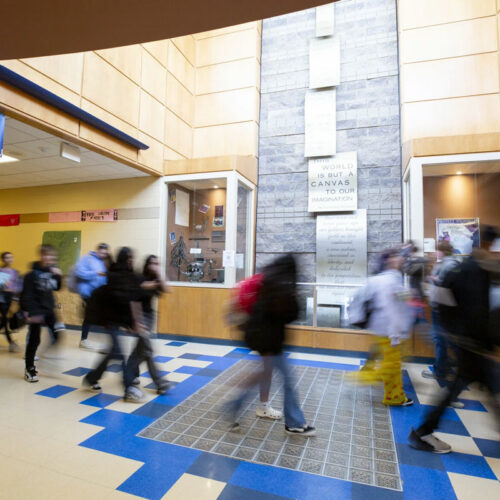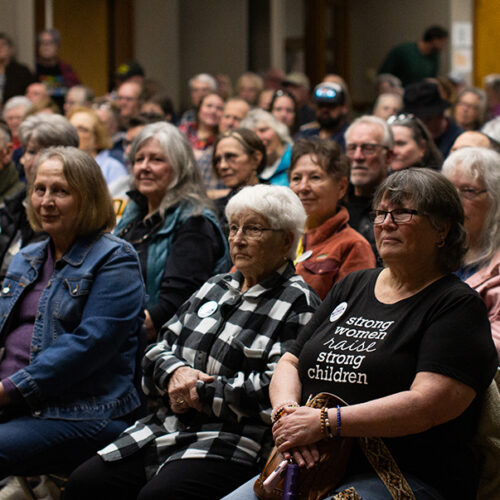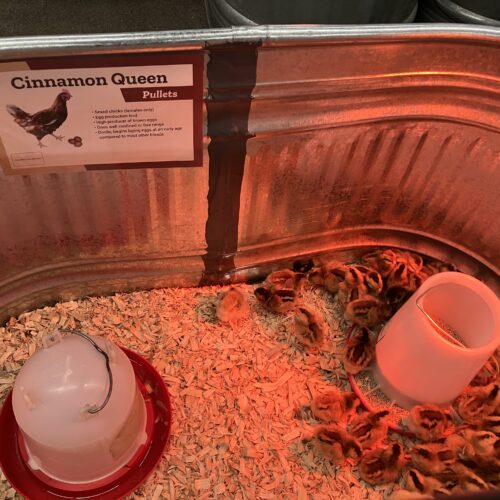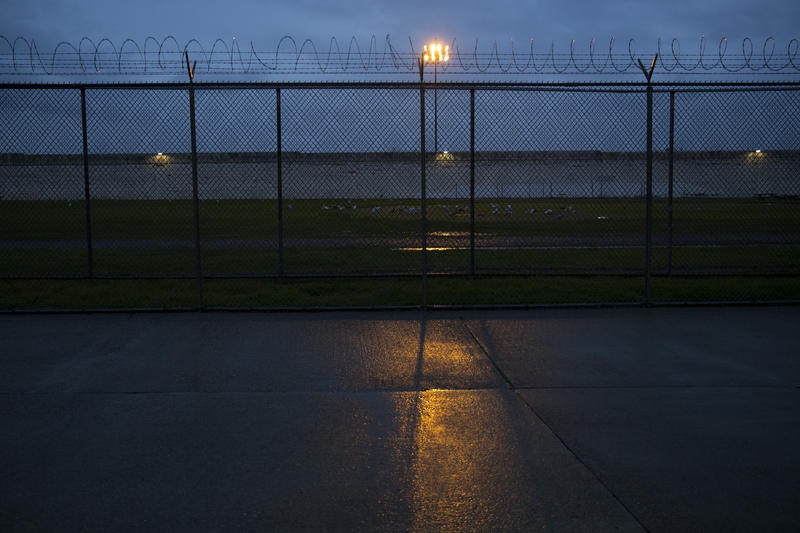
A Washington Inmate Fears Coronavirus Could Sweep Through His Prison Like A Fire
Listen
Arthur Longworth is 35 years into a life without parole sentence for aggravated murder. He’s currently housed in Cell Block A, a medium security unit at the Monroe Correctional Complex, a hundred-year-old prison that’s been featured in movies.
“It’s four tiers high, 40 cells long, which is about as far as you can see, and higher than you’d want to fall if you fell off the fourth tier,” said Longworth, who is an award-winning prison writer.
While he has a single cell, Longworth said many of the six-by-nine cells hold two men. A couple of weeks ago, they were all put on quarantine after a prison staffer tested positive for COVID-19.
“Quarantine in prison just means lockdown, that means they lock the cell doors and you don’t go anywhere,” Longworth said in a recent phone interview from the prison.
They are extreme measures for extreme times. The risk that COVID-19 could get into a prison is high, as is the potential for it to spread quickly because of tight spaces, shared quarters and dense populations. Adding to the danger is the fact Washington prisons – with nearly 17,000 inmates — are at 100 percent of capacity.
While Longworth and his fellow inmates are no longer on quarantine, two other units at the Monroe prison are now on “precautionary quarantine,” according to the Department of Corrections (DOC). As of Thursday, across Washington’s 12 prisons, nearly 1,100 inmates were either in isolation or quarantine. The department could not say whether all are related to COVID-19 concerns.
So Far
To date, eight DOC staff members across the agency have tested positive for COVID-19, along with one inmate who was already at a local hospital for treatment of another condition. So far, no inmates in the state’s prisons or individuals on work release have tested positive. But that could change any day.
“I’ll just anticipate that at some point we’ll have an active case, or more than one,” DOC Secretary Steve Sinclair said.
In an interview Tuesday, Sinclair described a hectic environment as his agency, and its Emergency Operations Center, works to keep ahead of the pandemic. Each day, DOC updates a lengthy “Significant Events Timeline” detailing its response to the public health emergency. Among the steps taken so far: prison visits have been suspended, staff are screened when they come to work and inmate cleaning crews are helping sanitize surfaces. In addition, social-distancing measures have been instituted in the prisons.
“I’ve heard that’s going pretty well,” Sinclair said. “The incarcerated individuals are stepping up and helping support that because they don’t want sickness in their facilities either.”
Longworth confirmed that social-distancing is happening at the Monroe prison, but he said it’s inconsistent. For instance, he said, in the “chow hall” inmates now take their tray and sit alone at a four person table.
“That seems like a good social-distancing protocol until you realize … that we still have to line up 40 to 80 prisoners at a time in close, single-file proximity in order to get a tray,” Longworth said.
In response, DOC said prison staff have been instructed to maintain six-foot distancing in the dining areas and encouraged not to have different units share the dining room at the same time.
The situation isn’t easy for prison staff either. Patricia Patterson is on the frontlines of the fight to keep coronavirus at bay. She’s a nursing supervisor at the Washington Corrections Center in Shelton – the reception point for all men arriving to begin their prison sentences.
“It’s changed how we do everything,” Patterson said. “We screen these men even before they come into our facility.”
Screening Inmates
Arriving inmates are asked if they have a cough or other COVID-19-like symptoms and their temperatures are taken. Some days Patterson and her colleagues screen a hundred men. The extra layer of screening is more work at a time when Patterson said about half the nursing staff is out. Some are quarantined at home or have a cough and aren’t allowed to come to work.
“So we’re stretched pretty thin,” Patterson said.
For now, she said, they’re managing. But she’s worried that an inmate who’s sick won’t tell them and that will trigger an outbreak.
“We’ve got 1,800 men here, with the nursing staff we have we cannot see every single one of them and check them every day to make sure they don’t have flu-like symptoms or a fever,” Patterson said.
In recent weeks, inmate advocacy groups have been petitioning Secretary Sinclair and Governor Jay Inslee to start releasing people early to thin the prison population.
“These are really dangerous places to be,” said Rachael Seevers, an attorney with Disability Rights Washington. “They’ve been compared to cruise ships because of the tight quarters that people are in and the speed with which the pandemic can spread in those settings.”
In Louisiana, a COVID-19 outbreak at a federal prison has claimed three lives. And in Michigan, where more than 140 inmates have tested positive, a prison worker has died from the virus.
Early Release
Seevers said the state should immediately release older inmates, those with underlying health conditions or compromised immune systems and those nearing their release date. She pointed to at least six states that are taking steps to reduce their prison populations, including Maine, Vermont, Iowa and Utah. California also recently announced it will release 3,500 inmates early because of coronavirus.
“It will be too late if we wait until we see massive numbers of infections in the prisons and jails,” Seevers said,
In addition to releasing older and sicker inmates early, Disability Rights Washington and the ACLU of Washington are also calling for the release of all inmates who are within a year of their release date.
Governor Inslee recently signed a proclamation aimed at keeping people who commit low-level violations while on community supervision out of prison. But he has not yet committed to other steps to reduce the prison population.
“We take this very seriously and we’re going to look forward to keeping these incarcerated individuals as safe as humanly possible,” Inslee said recently.
The governor’s senior policy advisor on public safety, Sonja Hallum, said early release is more complicated than it sounds. She noted that, unlike some other states, Washington’s prison population is made up of a higher proportion of people who have committed serious, and often violent, crimes.
“We have to look at this carefully, balancing the health concerns of the incarcerated individuals with public safety,” Hallum said.
Currently, Hallum said she’s requesting from DOC more detailed information on incarcerated individuals who might be appropriate for consideration of early release. One consideration, she said, is making sure anyone who is released has adequate support in the community and access to healthcare, if needed.
Meanwhile, Secretary Sinclair said he has a team working to provide the governor’s office with a series of policy options. In addition, he said, he’s looking to expand the use of Graduated Reentry, a fairly new step-down program that allows certain inmates to go on home monitoring as their prison term winds down.
At Monroe, Arthur Longworth said he supports a plan to release some inmates early, noting that Iran is in the process of letting 85,000 people out of jail. He said he fears an outbreak of COVID-19 in the same way he fears a fire raging through a cellblock.
“I’ve been in fires in the cell block before, it’s a scary thing,” Longworth said. “And when the virus gets in here, as it has, it feels kind of like that.”
Longworth said the consensus inside the prison is that an outbreak is inevitable – it’s just a question of how bad it will be.
Related Stories:
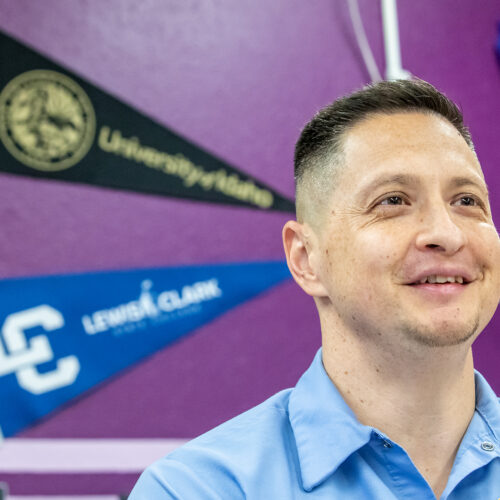
Prison education program is giving incarcerated people in Idaho a second chance
A newly approved prison education program is helping inmates in Orofino, Pocatello and Boise prepare gain confidence and prepare for life after they’ve served time
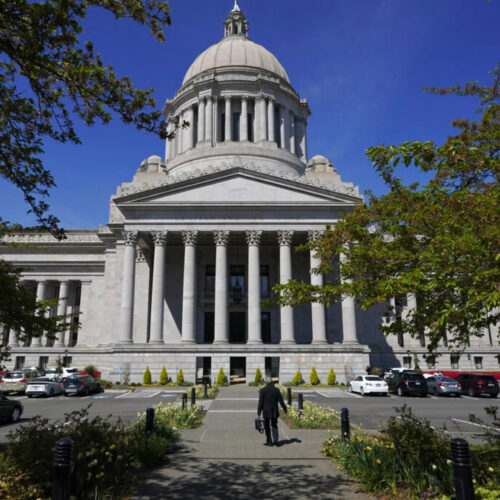
Two bills could make it easier for people in Washington state custody to vote, politically organize
A person walks near the Legislative Building, Wednesday, April 21, 2021, at the Capitol in Olympia, Wash. (Credit: Ted S. Warren / AP) Listen (Runtime 1:04) Read While people who
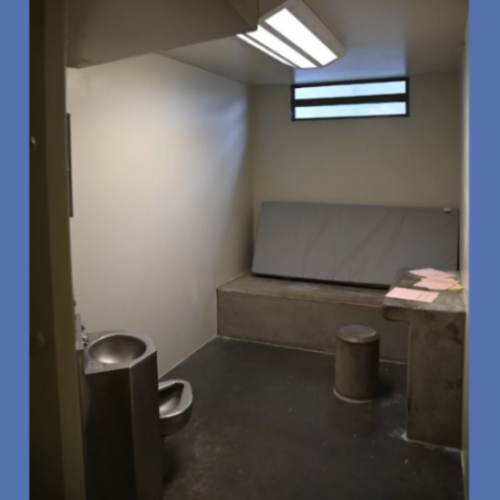
Money, politics, debate over crime victims: What’s stalling prison reforms in Olympia
By: Jeanie Lindsay, Northwest News Network Prison reforms were among the many issues considered by lawmakers in Olympia this year. But, once again, measures aimed at resentencing and solitary confinement




